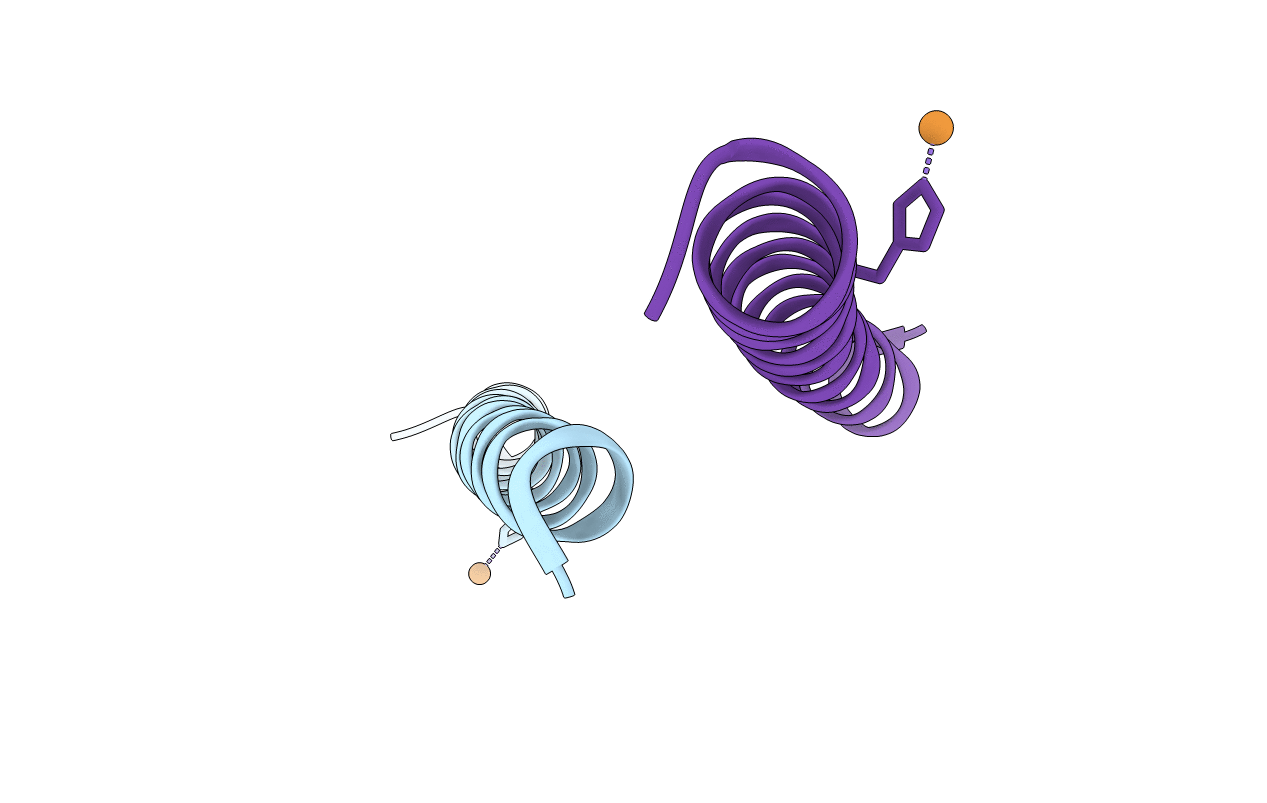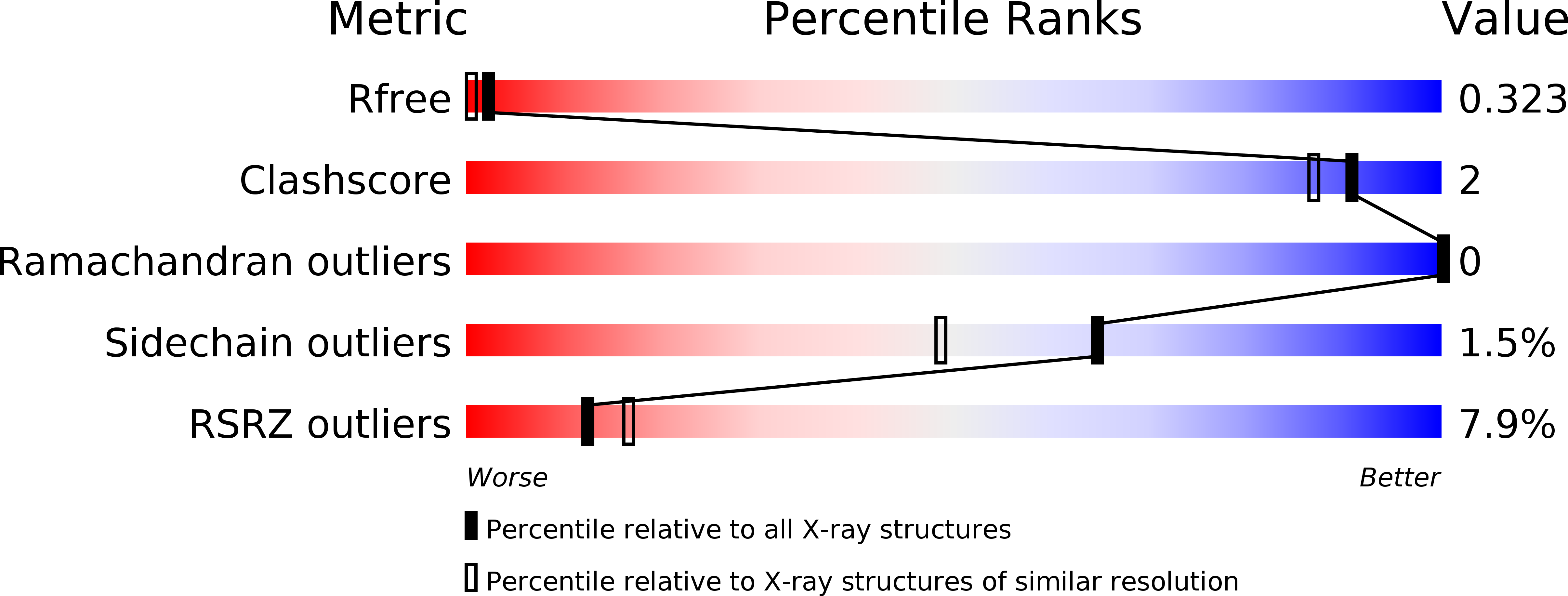
Deposition Date
2018-04-17
Release Date
2018-07-11
Last Version Date
2024-11-20
Entry Detail
PDB ID:
6D42
Keywords:
Title:
Crystal structure of the KCa3.1 C-terminal four-helix bundle (with copper)
Biological Source:
Source Organism:
Homo sapiens (Taxon ID: 9606)
Host Organism:
Method Details:
Experimental Method:
Resolution:
1.75 Å
R-Value Free:
0.32
R-Value Work:
0.25
R-Value Observed:
0.25
Space Group:
P 4 21 2


